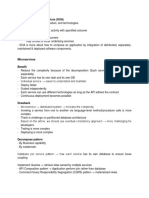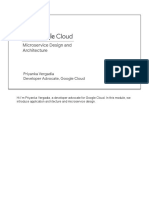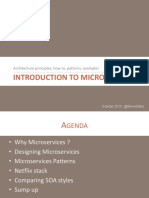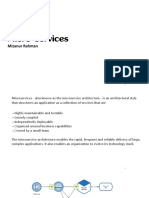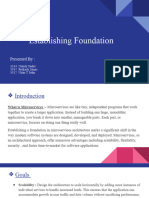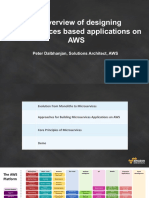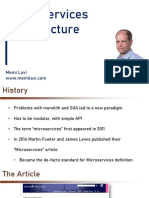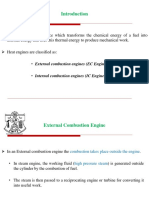0% found this document useful (0 votes)
34 views8 pagesMicroservice Architecture - Complete Guide
Microservice architecture is a software development approach that organizes applications into independent, loosely coupled services, each responsible for a specific business function. It offers benefits such as scalability, technology diversity, and team autonomy, but also presents challenges like complexity, testing, and security. Successful implementation requires strong DevOps practices, monitoring capabilities, and a gradual transition from monolithic systems.
Uploaded by
aavashbaral7Copyright
© © All Rights Reserved
We take content rights seriously. If you suspect this is your content, claim it here.
Available Formats
Download as PDF, TXT or read online on Scribd
0% found this document useful (0 votes)
34 views8 pagesMicroservice Architecture - Complete Guide
Microservice architecture is a software development approach that organizes applications into independent, loosely coupled services, each responsible for a specific business function. It offers benefits such as scalability, technology diversity, and team autonomy, but also presents challenges like complexity, testing, and security. Successful implementation requires strong DevOps practices, monitoring capabilities, and a gradual transition from monolithic systems.
Uploaded by
aavashbaral7Copyright
© © All Rights Reserved
We take content rights seriously. If you suspect this is your content, claim it here.
Available Formats
Download as PDF, TXT or read online on Scribd
/ 8

